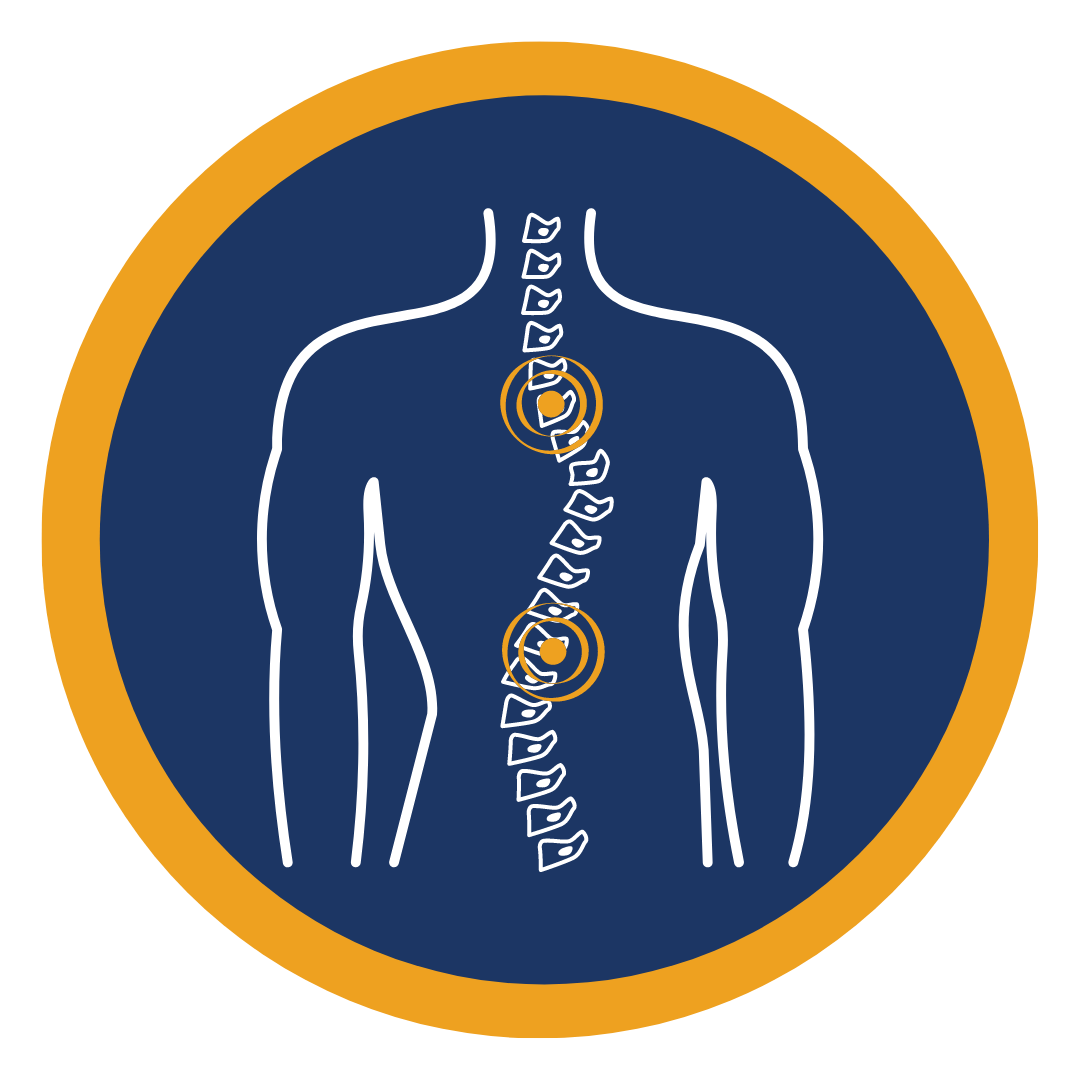MOST COMMON GYNECOLOGIC SURGERIES
Hysterectomy
A hysterectomy is the removal of the uterus. It is a very common type of surgery for women in the United States. Removing your uterus means you can no longer get pregnant. Different types of hysterectomy include:
Total Laparoscopic Hysterectomy (TLH)
TLH is the removal of the uterus and cervix through four small abdominal incisions. Depending on the individual condition of the patient, the ovaries and fallopian tubes may also be removed.
Laparoscopic Supracervical Hysterectomy (LSH)
This procedure involves laparoscopic removal of the uterus and the patient can retain the cervix. The patient may retain their ovaries or have them removed at the same time.
Laparoscopic Assisted Vaginal Hysterectomy (LAVH)
LAVH is a surgical procedure that uses a laparoscope to guide the removal of the uterus and/or fallopian tubes and ovaries through the vagina.
Fibroid Removal
Fibroids are noncancerous tumors in the uterine muscle. Treatment approaches for removal of fibroids include:
Laparoscopic Myomectomy for Fibroids
This surgery involves removing fibroids (non-cancerous tumors in the uterine muscle) from the uterine wall.
Hysteroscopic Myomectomy
Hysteroscopic myomectomy involves inserting a thin-light imaging instrument (hysteroscope) into the uterus through the vagina and cervix. This instrument then allows the doctor to see the fibroid to remove it from the vagina.
Ovarian Cyst Removal
An ovarian cyst is a fluid-filled sac that develops in a woman’s ovary. Patients who need to have a cyst removed can receive the following minimally invasive treatment:
Laparoscopic Ovarian Cystectomy
Laparoscopic Ovarian Cystectomy is the surgery to remove a cyst or cysts from one or both of the ovaries using small incisions and special instruments.
Adhesion Treatment
Adhesions are sores that form on the body, usually as part of the healing process after surgery.
Laparoscopic Lysis of Adhesions
This procedure is used to treat abdominal and chronic pelvic pain caused by adhesions.
Diagnostic Hysteroscopy
Diagnostic hysteroscopy is a gynecological procedure to evaluate the endometrial cavity, the layer of mucous membrane that surrounds the uterus.
Removing Uterine Polyps
Uterine polyps are non-cancerous cells that grow in the lining of the uterus and extend into the uterine cavity.
Hysteroscopic Polypectomy
Hysteroscopic polypectomy is an operation to remove uterine polyps. This ensures that the uterus is protected.
Hysteroscopic Endometrial Ablation
A thin light imaging instrument (hysteroscope) is used to see inside the uterus. An endometrial ablation procedure is then performed to treat abnormal uterine bleeding and destroys (cuts) the uterine lining.
Hysteroscopic Sterilization (Essure)
Hysteroscopic sterilization is a type of tubal sterilization procedure that uses the body’s natural openings to insert small implants into the fallopian tubes. These implants cause tissue growth that blocks the tubes. No surgical incision is required.











